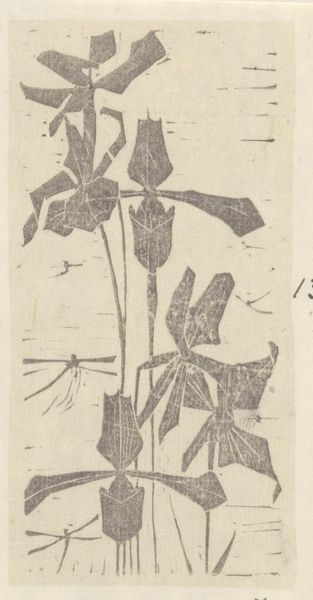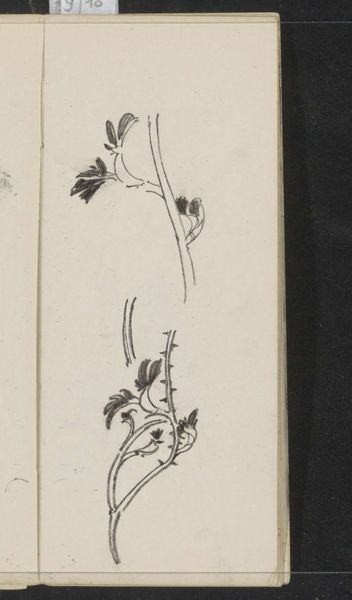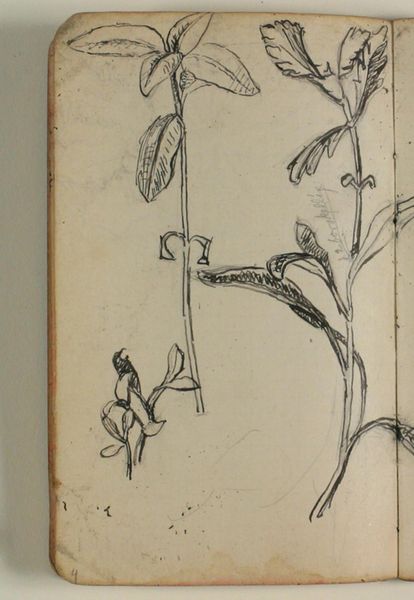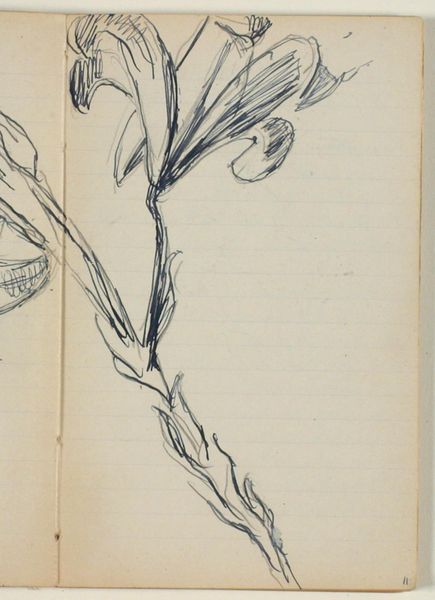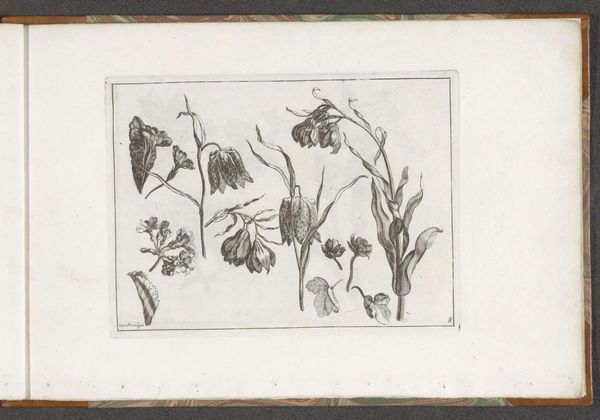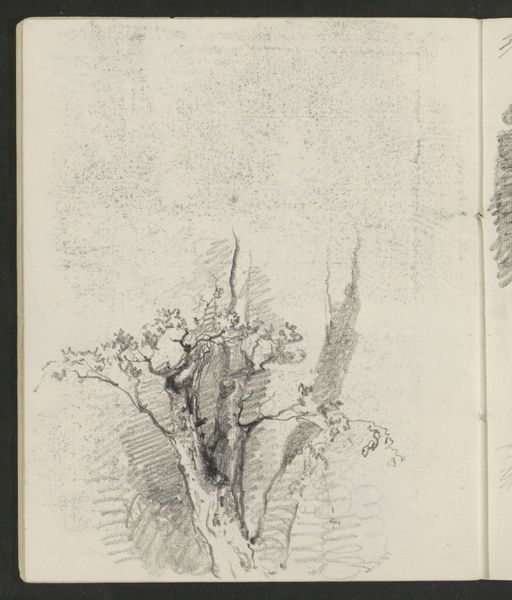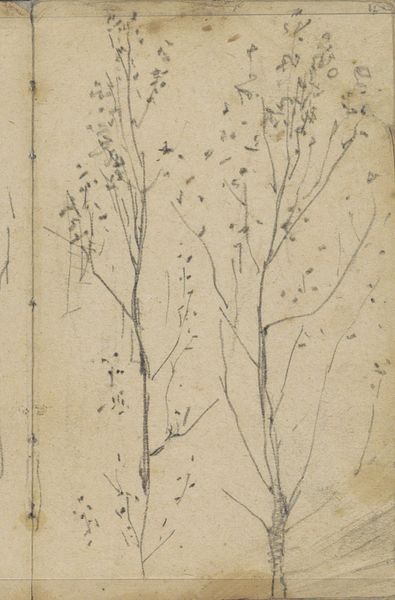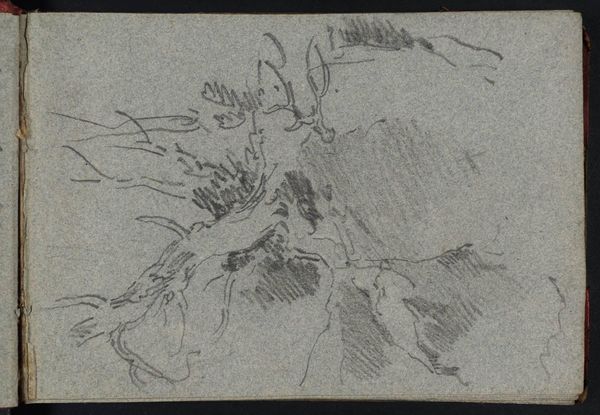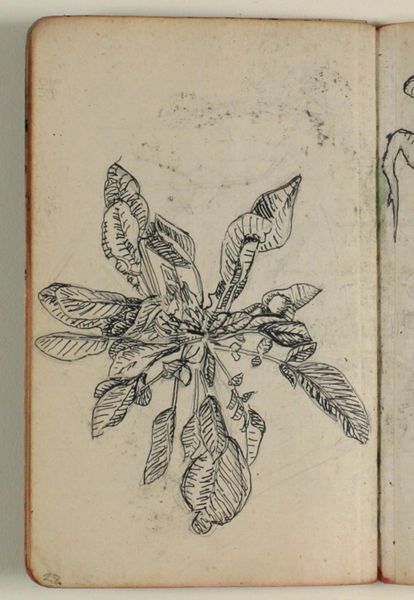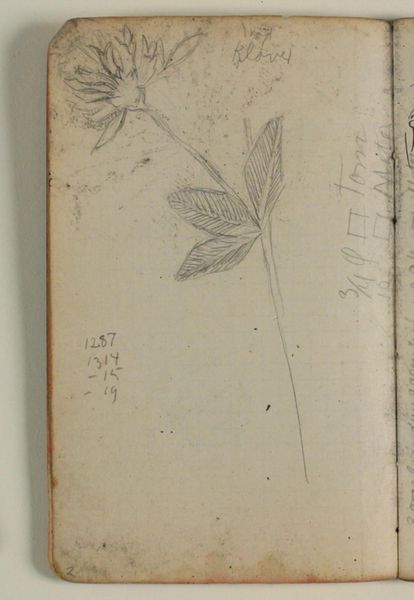
Copyright: Rijks Museum: Open Domain
Curator: This compelling piece is titled "Paard," which simply means "Horse" in Dutch. It was created in 1893 by George Hendrik Breitner. It is held in the collection of the Rijksmuseum. Editor: It's an arresting image. Raw, immediate…almost like a fleeting impression caught on paper. I’m struck by the texture, you can almost feel the roughness of the charcoal. Curator: Breitner was known for capturing the gritty realities of Amsterdam life. It’s fascinating to see how he approaches such a commonplace subject as a horse with such a modern, almost detached, perspective. He clearly wanted to distance himself from the then current academic style. Editor: The medium is crucial here. It's a drawing, made with both pencil and charcoal, allowing for that immediate expression. There is minimal blending here, leaving it so immediate. One wonders what horses were part of his material reality, maybe horses dragging wares in Amsterdam? It seems quite poignant, giving dignity to labor through the material of the horse. Curator: That’s insightful. And his choice to portray this scene through this medium might have stemmed from economic realities as well. Breitner came from an upper-middle class family but supported a bohemian lifestyle that likely fluctuated financially; in that context, using less costly materials makes a great deal of sense. It shows art reflecting and engaging with contemporary social conditions, too. Editor: I agree. It brings an element of intimacy too, seeing this almost private moment of creation. I also find myself considering this book-like presentation… is that another drawing on the left? Curator: It does seem like part of a sketchbook. This further underscores Breitner’s intention to quickly capture impressions of daily life. These horses populated not only the streets, but also the visual culture of the time. They also appear in other work of the period, like the art of Toulouse Lautrec for example. Editor: Right, elevating ordinary life and the animals integral to its labor using readily available materials to present the essence of it. I am stuck on its emotional resonance. Curator: Precisely. It speaks volumes about the artist’s observational skills and how they reflect modern life around him at the end of the 19th century. Editor: An unforgettable glimpse into both an artist's process and a moment in time—rendered in tones as immediate as the experience itself.
Comments
No comments
Be the first to comment and join the conversation on the ultimate creative platform.
